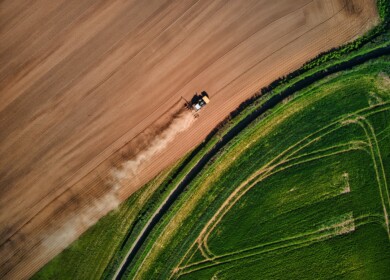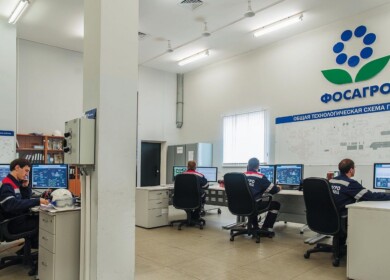U.S. agriculture on a path to become greenhouse gas negative by implementing conservation and advanced technologies

A new report from the U.S. Farmers & Ranchers in Action (USFRA) and the Council for Agricultural Science and Technology (CAST) highlights the potential of U.S. agriculture to offset its carbon footprint and enhance farmer profitability and farm resiliency through improved conservation practices and advanced technologies. The report, titled “The Potential for U.S. Agriculture to Be Greenhouse Gas Negative,” involves a comprehensive analysis by 26 leading independent researchers and has been peer-reviewed by the National Academy of Sciences.
According to Michael Crinion, USFRA Chair and a farmer from South Dakota, the report provides robust evidence supporting agriculture’s critical role in addressing global challenges such as feeding a growing population and enhancing sustainability. The study suggests that agriculture can become greenhouse gas (GHG) negative by integrating reduced emissions with increased carbon sequestration.
The research identifies key areas including soil carbon management, nitrogen fertilizer management, animal production, crop yield optimization, and energy efficiency as avenues for significant GHG reduction. These strategies, if adopted widely, could transform the sector into a carbon sink, offsetting about 10% of U.S. greenhouse gas emissions that are currently attributed to agricultural activities.
Dr. Marty Matlock, a professor at the University of Arkansas and lead author of the report, emphasized the innovative spirit of U.S. farmers in continuously evolving their practices to meet environmental challenges. The report does not recommend specific practices but rather emphasizes the uniqueness of each farming operation, suggesting that tailored strategies are necessary to achieve the overarching goal of GHG-negative agriculture.
The findings build on previous studies, including a 2019 report by the National Academies of Sciences, Engineering, and Medicine, and project feasible, near-term opportunities for practice adoption across the agricultural landscape. Dr. Charles Rice, co-author and professor at Kansas State University, highlights that achieving GHG-negative status requires a detailed assessment of individual farms to determine the most effective interventions, supported by both technical and financial resources.
The report also notes that agriculture’s path to becoming GHG negative involves an integrated approach, considering all stages of food production are interconnected with carbon management. This integrated approach is vital for scaling up effective practices across all production sectors.
Enjoyed this story?
Every Monday, our subscribers get their hands on a digest of the most trending agriculture news. You can join them too!












Discussion0 comments